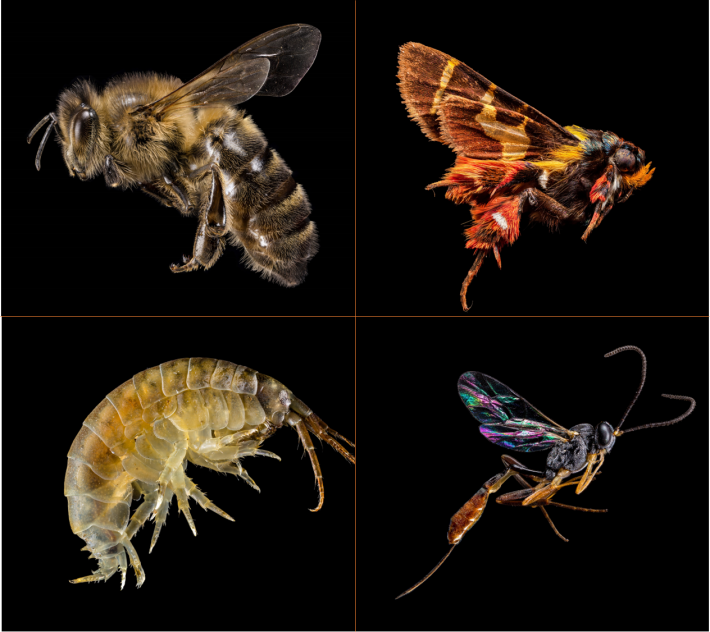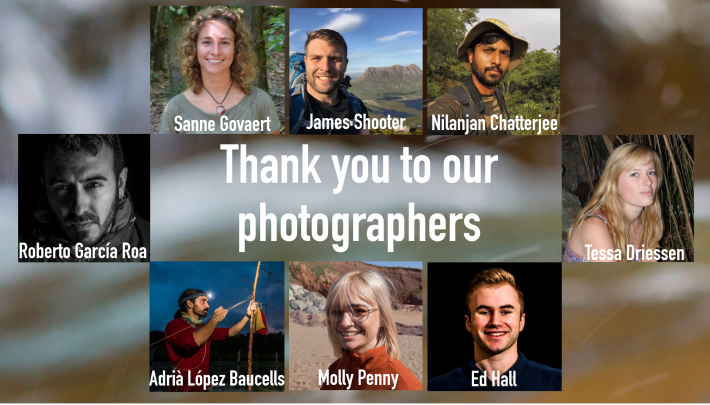Capturing Ecology: Behind the Lens – Top tips for photographers
We’ve collected together some top tips from the winning photographers of Capturing Ecology.

The winning images from our annual photography competition, Capturing Ecology, gain an increasing amount of coverage with each passing year. But what about the photographers?
Over the last seven weeks we have been running a series of live interviews with the winners and judges from the competition to find out more about them, their careers, and their photography. Last week saw the completion of that series, Capturing Ecology: Behind the Lens, and from it we collected a whole range of top tips from our guests for those of us just starting out in photography. Here’s what they had to say!
One of the key tips we heard from many of our photographers was to get to know your camera! You can take great shots with inexpensive equipment as long as you know how to use it properly. Take time to get to know the settings and not just rely on the automatic option.
Bottom line: the more time you spend with a camera in your hands, the better a photographer you will become.
Another popular suggestion from our professionals was: practise, practise, practise! The more time you spend with the camera in your hands, the easier it will become to get those perfect shots. Take lots of pictures – and don’t be afraid to take bad ones! Even the professionals were happy to admit that behind every great image are a hundred bad ones that were learnt from.
Find your own style and create something unique.
Nature photography is notoriously tricky; we all know that wildlife won’t just pose and keep still for you. So this next tip might seem obvious, but can go a long way: be patient. Allow your subjects to get comfortable with your presence, particularly mammals and birds. And once you’re familiar with their behaviour, it will be much easier to plan your image in advance.
This next top tip may have been tricky for many of us during lockdown: get outside. The more time we spend outside, the more time we’ll have to interact with wildlife. Even if the weather is bad, you’ll always learn something. But make sure you’re prepared for the conditions so that you’re as comfortable as possible. Never underestimate the power of a hot drink in a cold climate!
Play with the light! Learning how to control light is key for a good photo, and you can learn about it even at home by playing with your camera’s settings. Morning and evening provide some of the best lighting when you’re out in nature. And use your image tell a story. Nature is beautiful to photograph, but creating a story is more powerful and creates something people can understand beyond just a picture.
And finally, don’t be hasty in buying all the expensive equipment. There might be cheaper solutions out there, such as buying second hand, or improvising with cheaper products. If you’re into macrophotography, for example, you don’t need to spend a small fortune on a new lens – you can get relatively cheap filters online that when stacked have a similar magnification effect. Compact cameras and 100mm macro lenses are also great tools for taking macro shots.
If you missed the series, you can now find each episode from Behind the Lens on the IGTV channel of our Instagram page, @BritishEcolSoc.
Find out more about our photo competition

Like what we stand for?
Support our mission and help develop the next generation of ecologists by donating to the British Ecological Society.